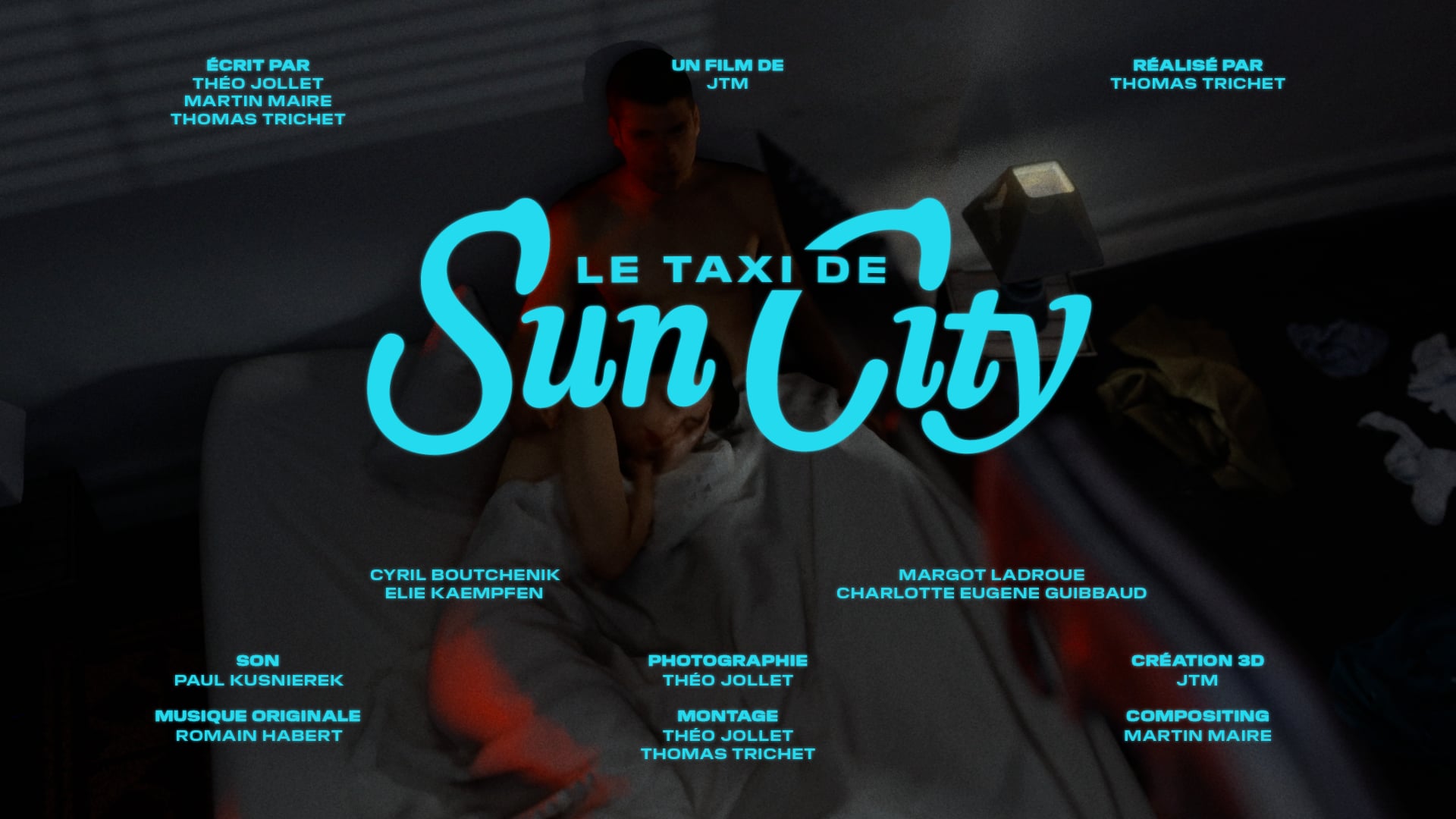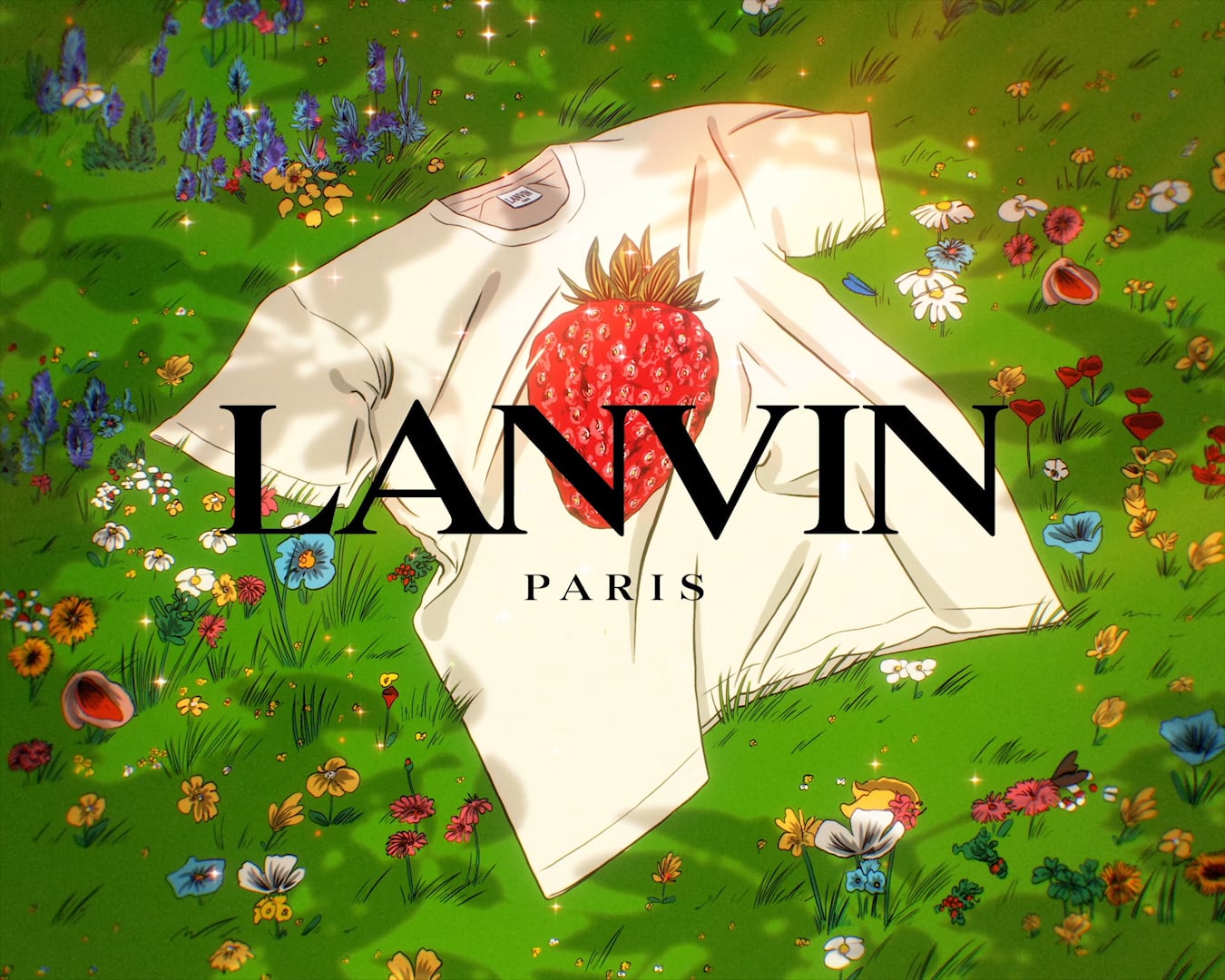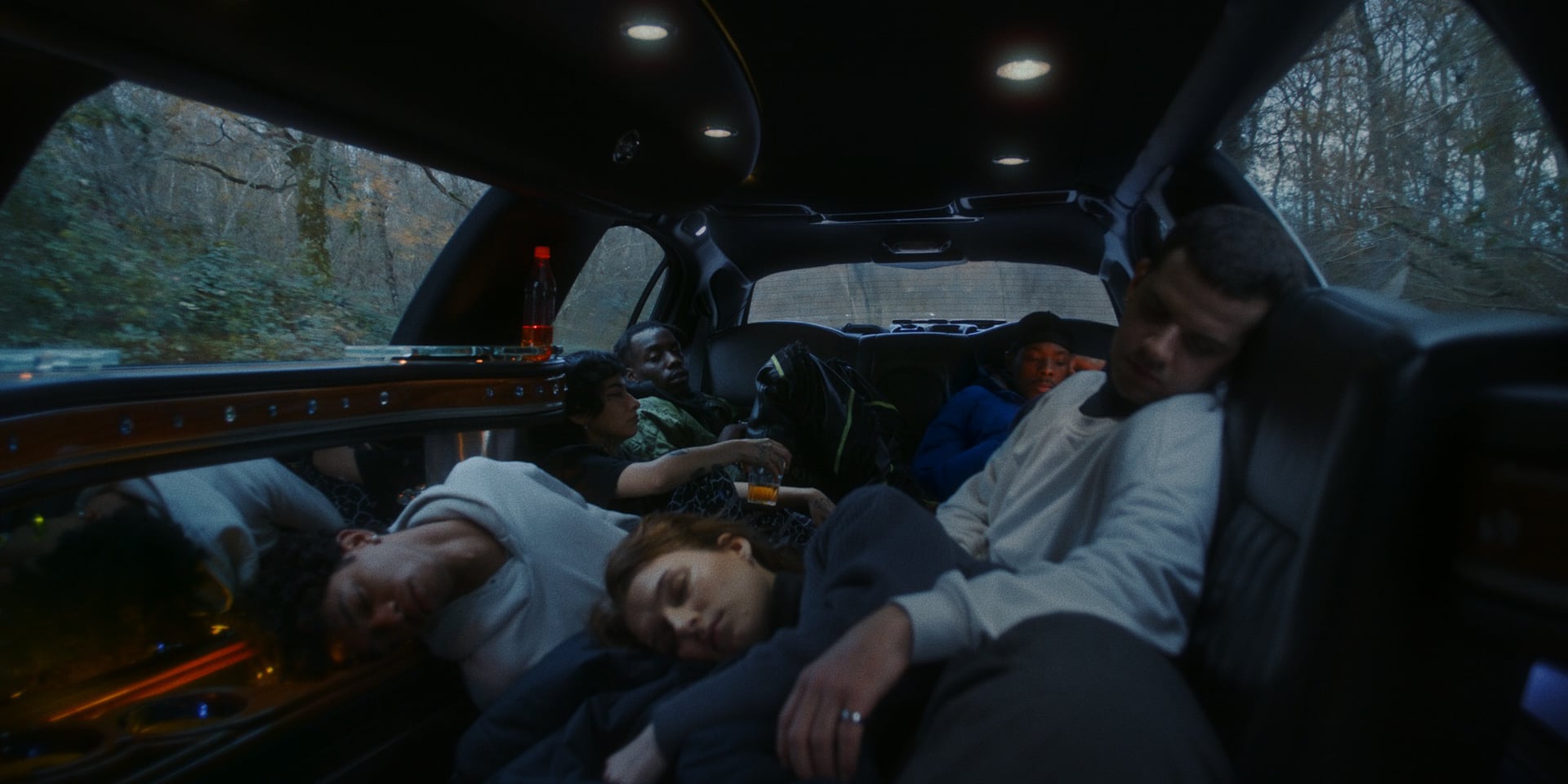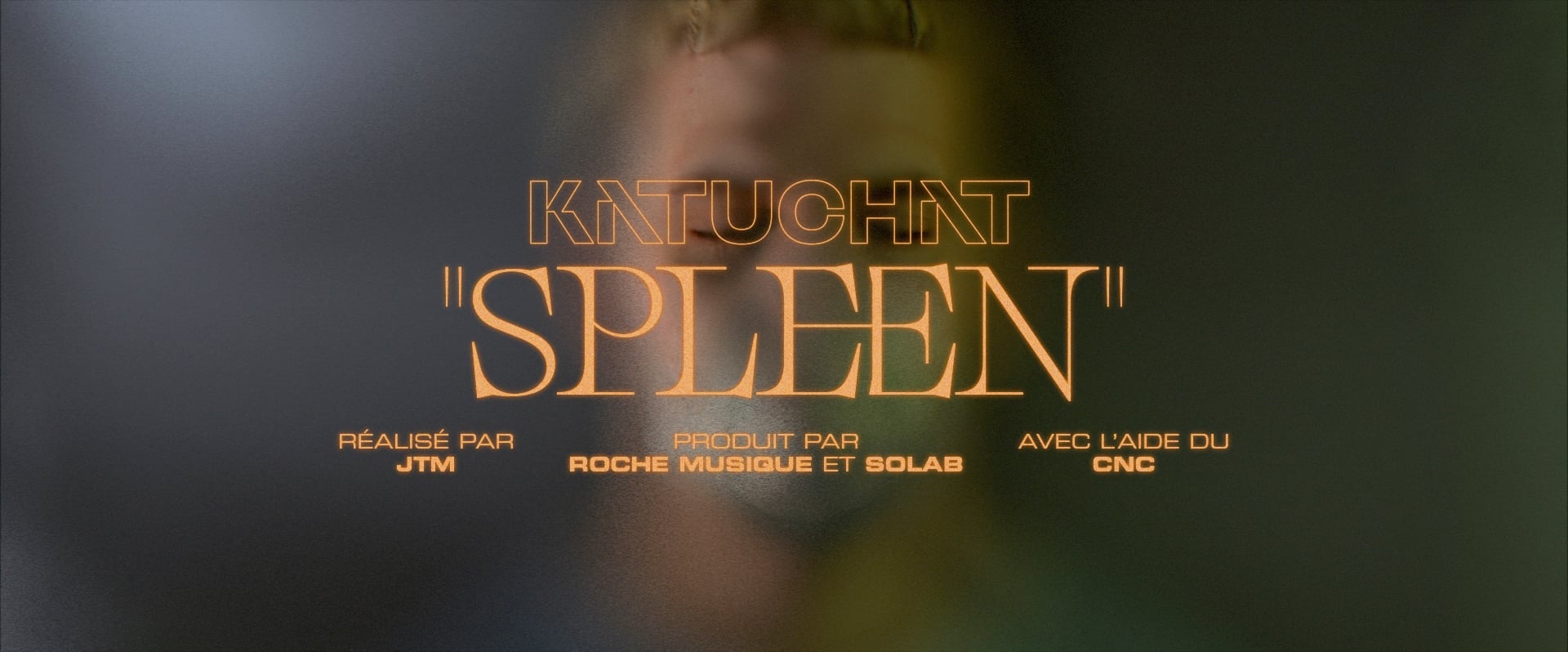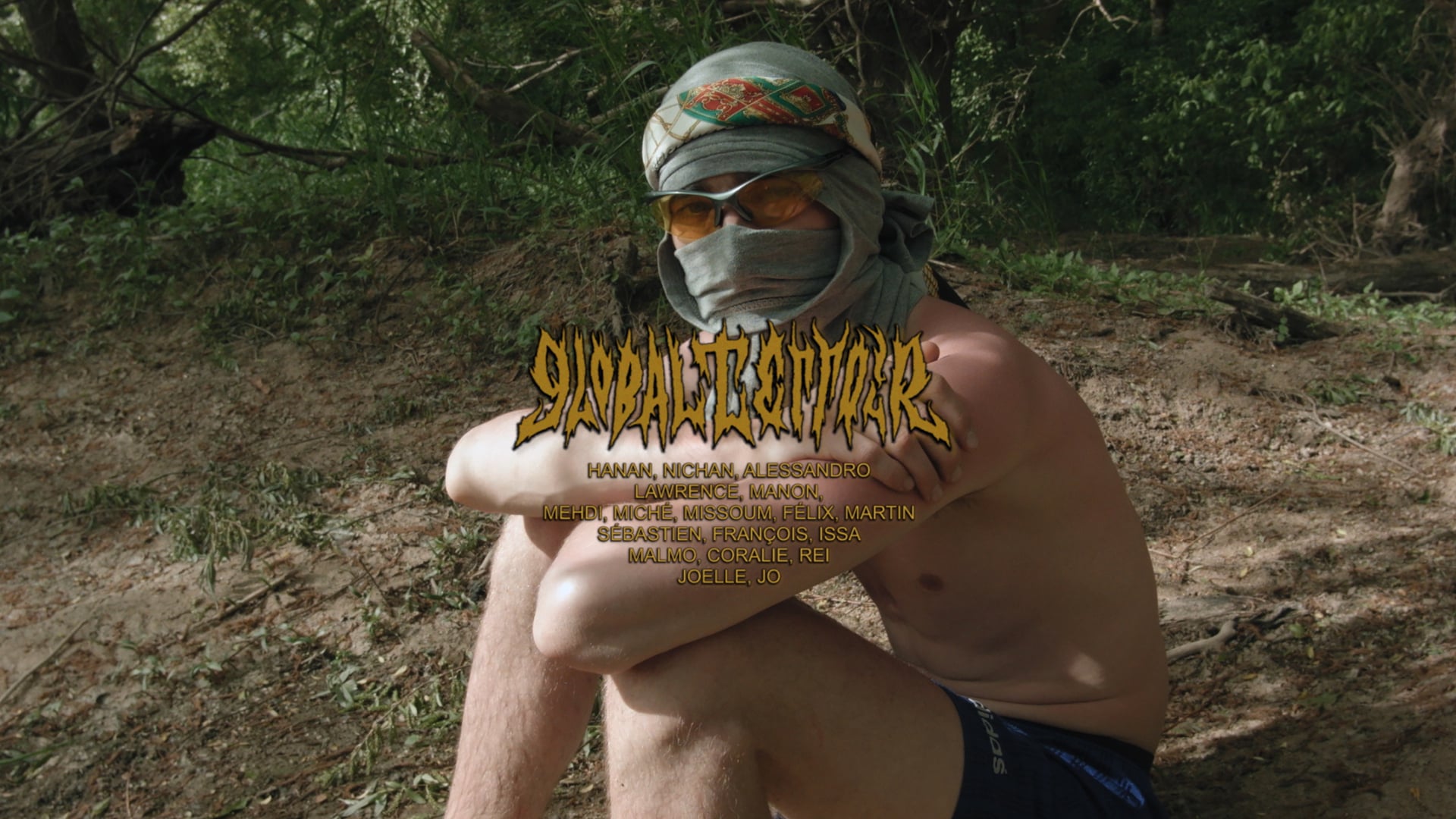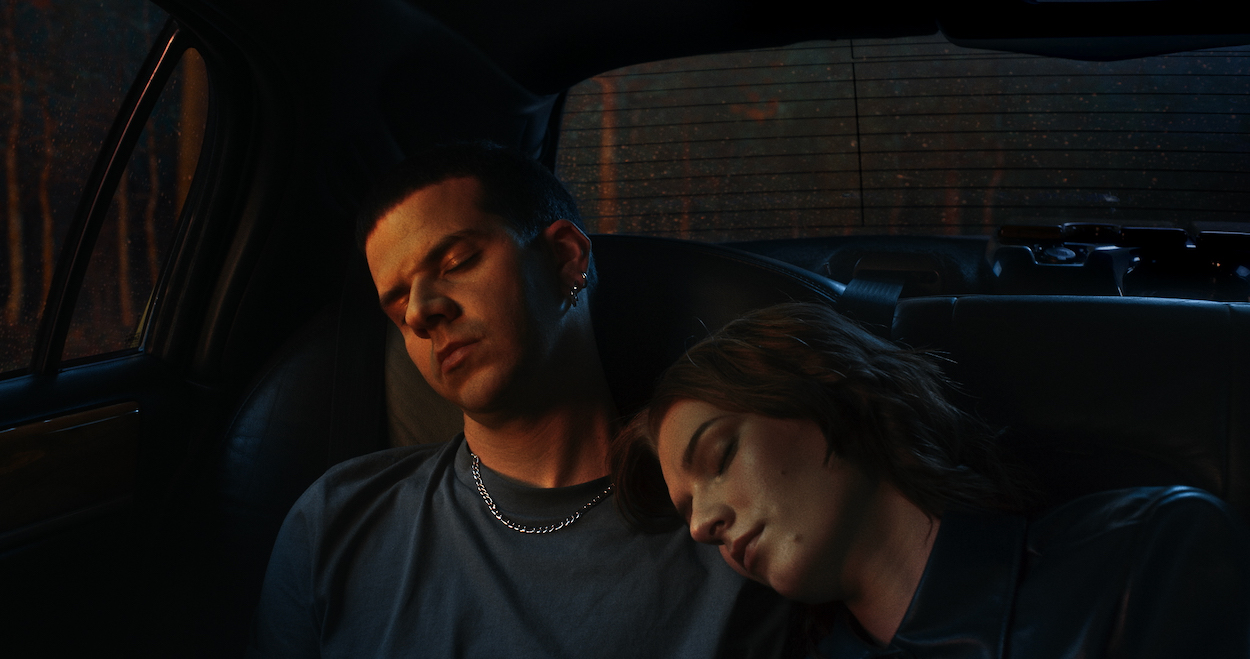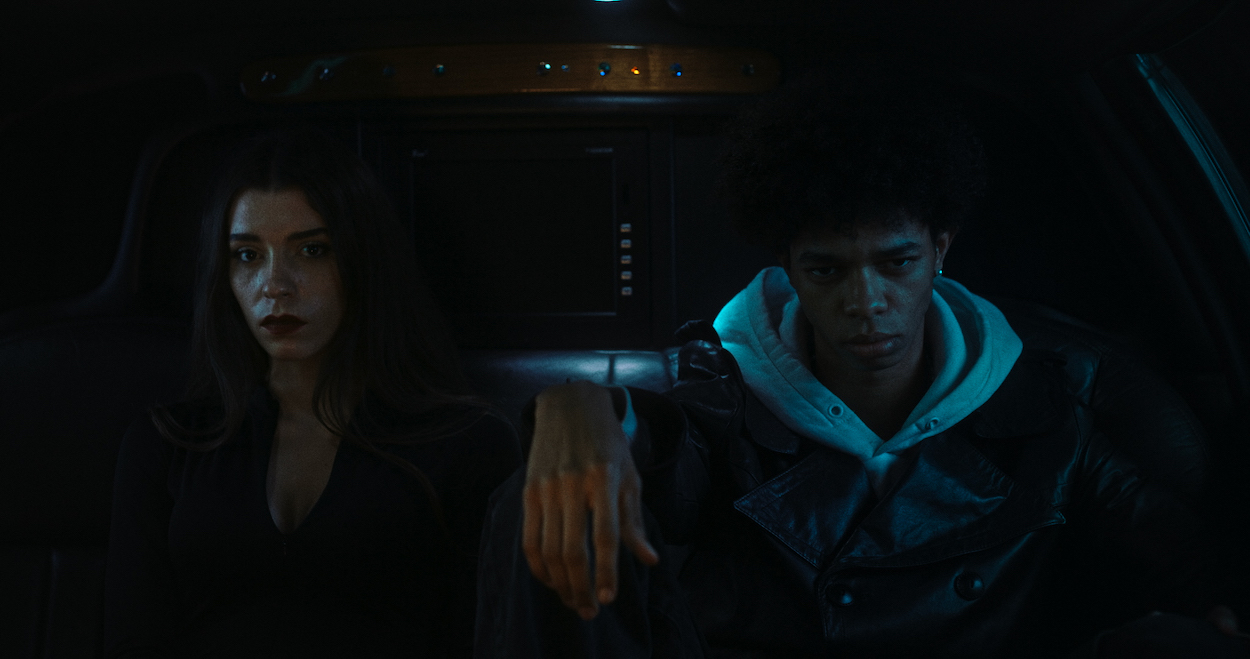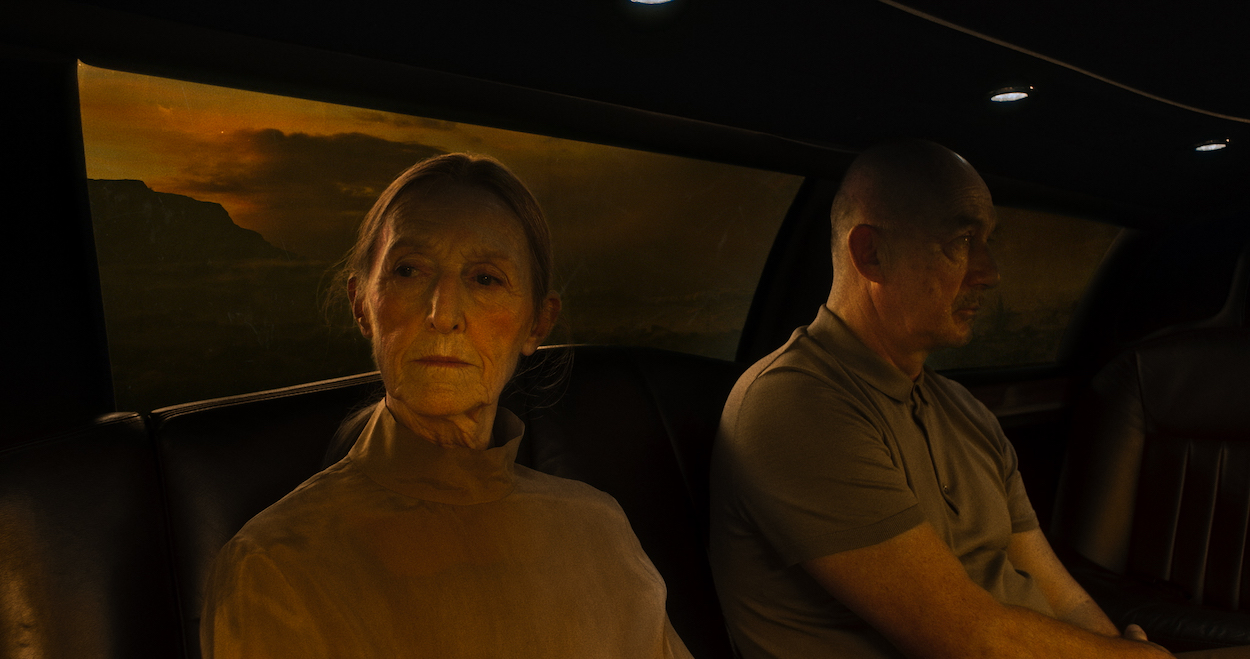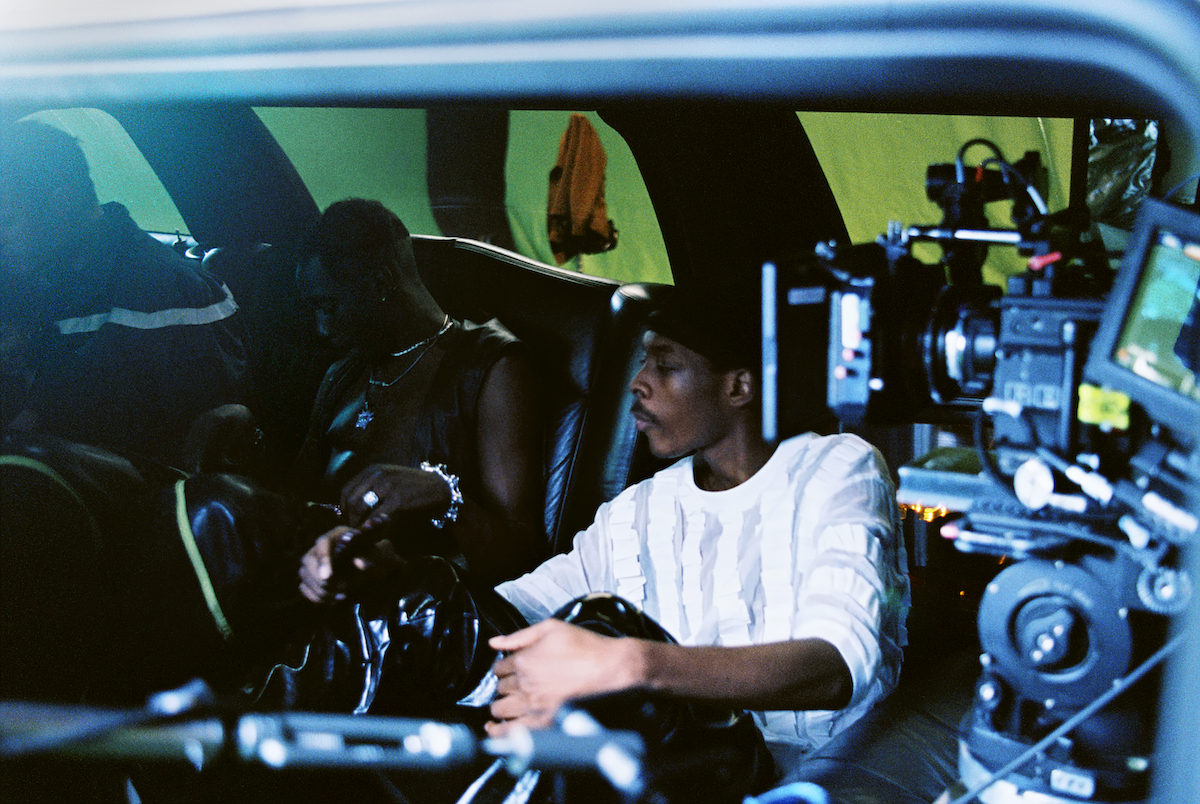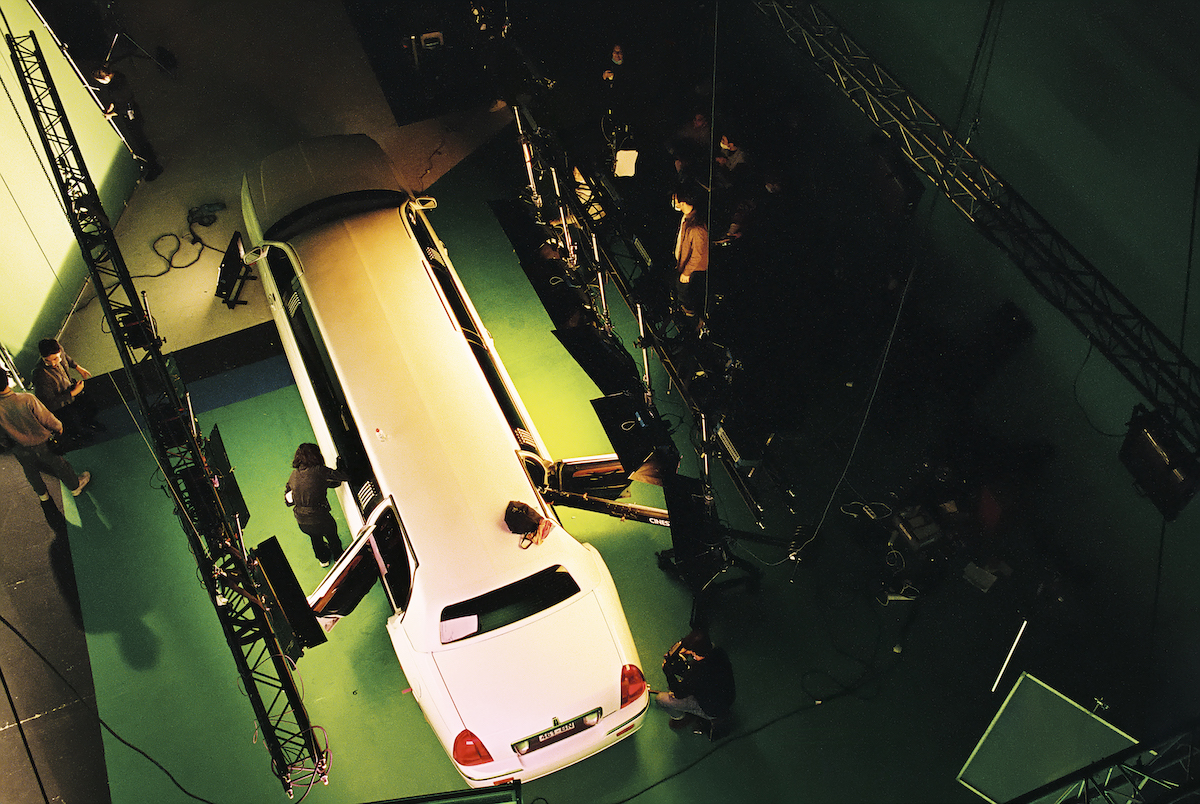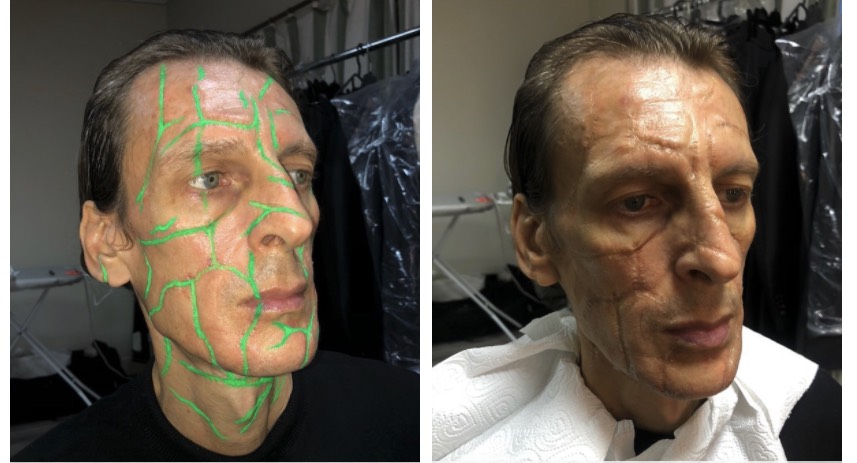You describe JTM as a studio of directors, writers, and 3D artists. What are your backgrounds and how did you all meet and decide to start working together?
We all met during our first year in art school, at ENSAAMA, where we started working together. Back then, we made a lot of short movies, both live action and animation – most of them were sketchy but ambitious! At some point we all took different directions, studying 2D animation, video and 3D but we still kept the desire of making something together. So, when the time came to leave school in 2019, we founded JTM.
Your work combines 3D, 2D, photography and live action. What does the creative process look like for you as a studio, and how do you resolve any creative differences?
The creative process is pretty much the same for most of our projects. We discuss the idea and the technical possibilities, then solve any creative conflicts one of two ways: resilience and the number 3. Resilience, because when your idea doesn’t receive unanimous approval, you have to get over that feeling and just trust, which is not always easy. And the number 3, because when two of us argue and get stuck on something, the third one tips the scales. Then, when every issue is solved, that means the project is done.
We love your work for Katuchat, particularly the way you use VFX and digital techniques to build the narrative in ‘Memento’. David Cronenberg’s ‘Cosmopolis’ is an obvious influence, but did you draw inspiration from any other films?
For this particular project, [Leos Carax’s 2012 film] ‘Holy Motors’ and ‘Cosmopolis’ were definitely the main inspirations, not only for the limousine reference, but also for their ability to drive us into a nebulous narration that makes us feel like we are watching a dream. ‘Enemy’, directed by Denis Villeneuve, was also a central reference. These are movies full of allegories and symbols and you could say that there is a deeper narration hidden inside each one.
Your short film ‘Le Taxi de Sun City’ examines the phenomenon of obsessive-compulsive disorder through the main character, Charles, who struggles with intrusive thoughts about harming people around him. What inspired the idea for the film?
What convinced us to make a movie about this disorder, is that it resonates on some level with everyone. We’re all making short movies in our heads during the day that project us into possible futures – sometimes, futures where our compulsions are expressed. This is a natural and useful function of the brain, but when it starts to be too intrusive it becomes a problem, and this is what we wanted to explore.
On set Memento
Did the shoot pose any unique challenges for you as a director? Did it push your filmcraft into any new or exciting directions?
The way of shooting (or capturing would be more appropriate) this film was one of the challenges that motivated us. As the shooting process consisted in scanning every object, character and set element separately, it directly influenced the way we had to imagine the scenes. The fact that 3D-capture is becoming an accessible technology, like the video medium before it, made us think that it could be a great breakthrough to approach it narratively.
We had a strong desire to craft it like a movie, so we had auditions, scouting, and a team like any other film – except that the majority of the film was crafted in post-production, which offered us a huge flexibility with compositions, lights and camera moves, despite the very low budget. We tend to separate ourselves from physical and economical constraints when telling a story, while still keeping the subtlety of it, and 3D scanning seemed to be an interesting balance for us at that time.
Also, the stillness that results from [the 3D scanning] process was really interesting: it taught us how to maintain a storyline and characters with ‘static’ actions. The work of Chris Marker in ‘La Jetée’ really inspired us in that regard.
What are your favourite aspects of the finished film?
The film went through many stages – we started to write it while we were pretty young, and the final version came out 4 years later. So it has been a long-distance race and we are glad we didn’t give up. If we’re being critical, there are a few weaknesses, but we’re still pretty satisfied with the overall feel of the film. The narrator’s voice, the treatment of the images, the narrative system and also the original soundtrack, they all contribute to the unconventional atmosphere we wanted to create. Romain Habert (the composer)’s work was really crucial.
What kinds of storytelling opportunities do you hope to tackle in future commercial (or personal) projects?
In the near future, we would love to shoot one of the full-length feature films we’re writing, as well as developing a series. Our main dream is to do cinema, working with teams and actors, and get confident enough to integrate more experimentation and improvisation into our work.
Interview by Selena Schleh
Solab website
@jtm.ig

